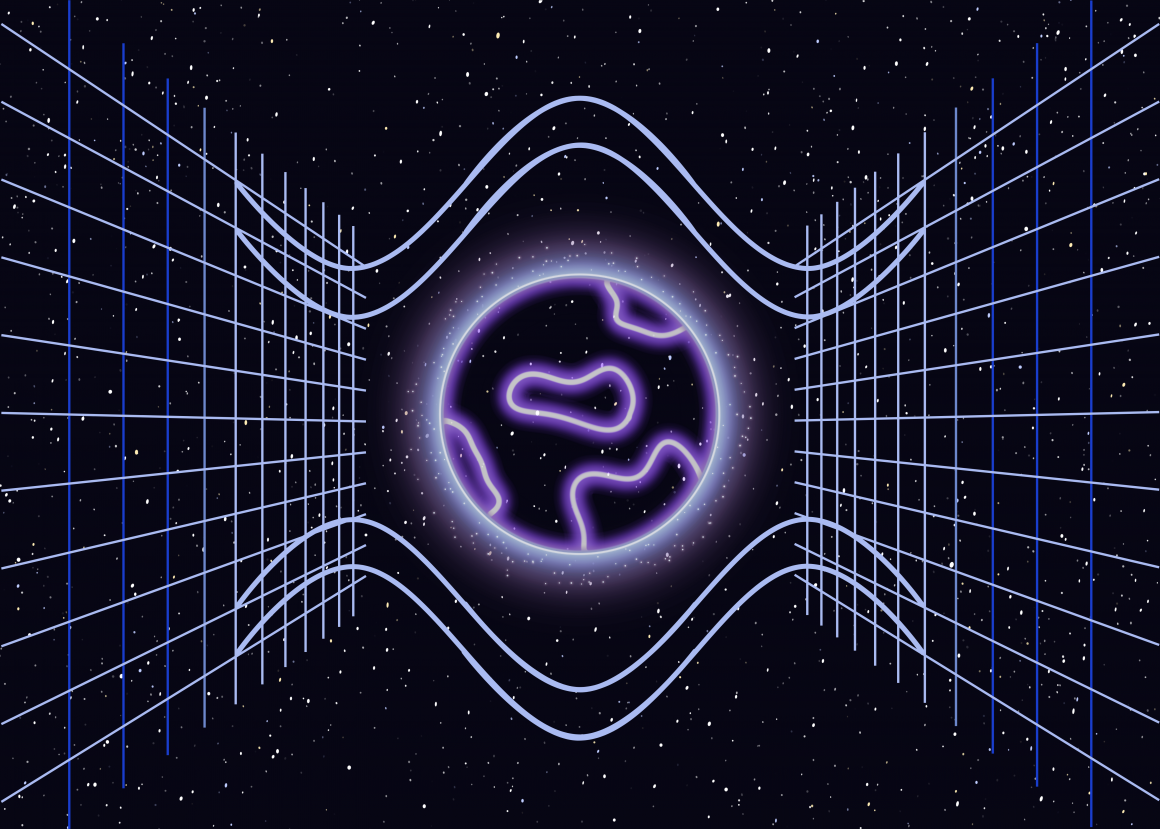
How scientists are approaching the intangible search for gravitational waves
By Sydney Pasloski, October 13 2023—
Gravitational waves are part of a chain reaction in space-time that is typically caused by energetic and often severe processes, as defined by the Laser Interferometer Gravitational-Wave Observatory (LIGO). Such processes can include the collision of black holes, stars exploding at the end of their lifetime and potentially even still-existing radiation from the Big Bang. Gravitational waves often come in a spectrum of wavelengths, from a few centimetres to the span of light years.
The journey to capture the universe’s gravitational waves is still a long one to go. Since 1974, when the first gravitational wave was observed by Russell Halse and Joseph Taylor, scientists have been growing and improving ways of detecting these waves. Here are a few of the ways they are searching in the ever-developing physics field.
The Laser Interferometer Space Antenna (LISA) is a trio of spacecraft in a triangle with sides of 2.5 million kilometre beam lasers to one another while orbiting the sun. LISA would detect the stretching and squeezing of the triangle sides based on how the laser beams interfere. This would let scientists observe gravitational waves from orbiting supermassive black holes in distant galaxies.
Similarly, the proposed Laser Interferometer Lunar Antenna (LILA) experiment would also have three lasers in a triangle shape, but with sides of 10 kilometres. This shorter distance allows LILA to detect potential collisions between orbiting objects, such as black holes. When such orbiting objects get closer together, they speed up. Over time, they emit gravitational waves with shorter and shorter wavelengths.
The process of lunar laser ranging involves measuring the distance from Earth to the Moon using lasers. Although not necessarily made for gathering gravitational wave information, the lasers are able to detect wave motion between them. The reflectors currently on the moon are quite old, so this method would have to wait to work effectively until another trip to the moon is planned.
A unique atomic method involves mapping the distance between two atom clouds to determine when a gravitational wave passes through. Atoms have a quantum property in which they can act like waves. This means that they can interfere with themselves. Therefore if a gravitational wave passes through, the distance between the clouds would change. This change in distance could then be calculated through this evaluation of quantum interference.
A new idea that was more recently presented is to ‘go back in time’ and measure waves that were produced during the inflation period, or the moment after the Big Bang. These waves would be extremely long, with a wavelength of almost one sextillion kilometres. The Cosmic Microwave Background (CMB) experiment is where both small and large telescopes will be used in the South Pole and the Chilean Atacama Desert to observe both small and large fields. In the CMB Stage 4, the search for gravitational waves will be extended by looking for the universe’s oldest light with such telescopes.
As many methods as there already are, it is always key to remember to go for the unknown. Theoretical Physicist Valerie Domcke of CERN said, “even looking for [gravitational waves] and not finding them would tell us something.” Scientists still do not know much about the universe. Now, some have proposed the idea that gravitational waves, particularly those with centimetre-long wavelengths, may be from an extremely early, violent event. This could include phase transitions, which are essentially the cosmos changing states, or very tiny black holes, both we know little about.
Gravitational waves are a new development in the science community. However, this field of physics is ongoing and still immensely new. To learn more, visit this website.
